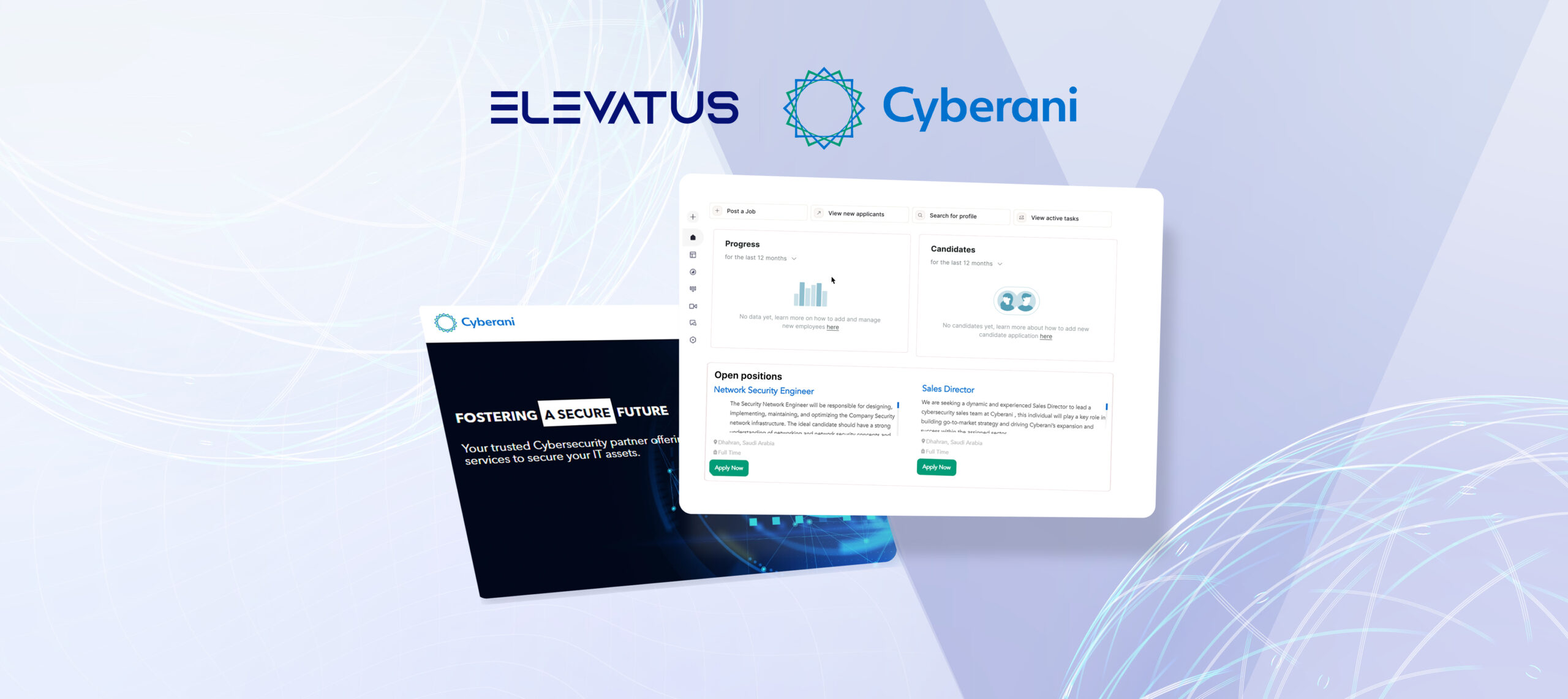
What is job architecture?
February 22, 2024
Elevatus
Content Writer
Job architecture is a structured framework that organizes roles within a company based on the nature of work performed. It offers a clear, unified method for defining job roles, ensuring consistency across the organization. This system supports strategic decision-making by providing a solid foundation for evaluating and aligning talent with the company’s goals and needs.
How does job architecture benefit an organization?
Job architecture offers multifaceted benefits to an organization, acting as a cornerstone for talent acquisition, development, and fair compensation. Clearly outlining the company’s value chain, including career paths, qualifications, and required competencies, empowers recruiters to precisely match job postings with the right candidates. This precision streamlines the hiring process and enhances job satisfaction and retention by setting clear expectations for potential candidates.
For talent development, job architecture delineates horizontal and vertical career progression options, documenting essential skills and competencies at each level. This transparency allows employees to navigate their career paths effectively, understanding exactly how to advance or pivot to their desired roles. Additionally, it facilitates smoother transitions across departments by standardizing competencies and fostering internal mobility.
A pivotal role of job architecture is in ensuring equitable pay. Mapping job levels across functions guarantee that employees in similar roles receive fair and consistent compensation regardless of department. This approach mitigates disparities and supports a culture of fairness, contributing to overall employee satisfaction and organizational integrity.
How to set up job architecture?
Developing a job architecture framework is a systematic approach that enhances organizational structure and clarity. Here’s how to set it up:
- Define the roles in the company: Identify and classify all roles, detailing a comprehensive set of responsibilities that may extend beyond the basic job function.
- Create job descriptions: Draft job descriptions that capture the responsibilities and tasks for each role, linking each to a unique job code in the Human Resources Information System (HRIS).
- Create job clusters and family groups: Group similar jobs into families based on shared professional and core tasks, facilitating the organization of jobs into sub-families based on their similarities.
- Conduct a job evaluation: Systematically assign value to each role based on the required knowledge, qualifications, skills, the role’s influence, and outcomes, which is crucial for accurate job title alignment.
- Align to benchmarks: With job titles and levels established, align roles with industry pay benchmarks to set appropriate salary levels, ensuring fair compensation structures.
- Finalize job title alignment: Review and adjust your organization’s job titles in light of external benchmarks, ensuring titles are market-relevant and adhere to both internal norms and industry conventions.
This structured process ensures an organization’s job architecture is clear, coherent, and aligned with internal objectives and external market standards.
The impact of job architecture on employee career paths and organizational structure
The adoption of job architecture significantly influences employee career trajectories and the organizational framework, offering a well-defined structure that benefits both individuals and the broader company. By meticulously outlining roles, responsibilities, and the path to advancement, employees clearly understand their position within the company and the necessary steps to grow professionally. This structured approach enhances employee engagement by setting clear career goals and aids in talent retention by providing visible growth opportunities.
Job architecture acts as a strategic backbone for the organization, aligning its structure with its long-term objectives. It streamlines talent management, ensuring that the right people are in the right roles, thereby optimizing operational efficiency. Furthermore, it supports equitable compensation practices by standardizing roles and responsibilities, thereby promoting fairness and transparency within the workplace. Therefore, job architecture clarifies individual career paths and fortifies the organizational structure, ensuring that both employees and the company are positioned for success.
Explore the HR landscape without getting tangled in complex terms!
Introducing our comprehensive Glossary. This is more than just a dry catalog of definitions; it’s a treasure trove of knowledge that unveils the heart and soul of each term.
While you’re here, delve into our growing library of Q&A:
Turn top talent to employees fast
Hire, assess, onboard and manage top talent for every job. See how Elevatus streamlines everything; from acquire to new hire.
Request a demoAuthor
Elevatus
Don't miss a thing!
Stay one step ahead. Subscribe and get the latest updates, news, and insights from Elevatus straight to your inbox.





